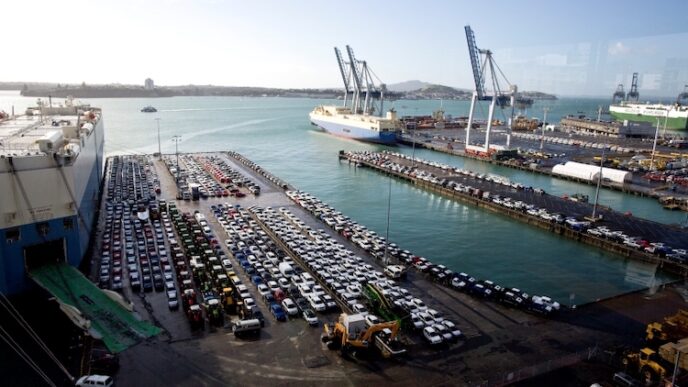
The Electric Vehicle Council (EVC) believes the Federal Chamber of Automotive Industries (FCAI) has made discredited claims about increasing new vehicle prices in its lobbying against the proposed New Vehicle Efficiency Standard (NVES).
An FCAI spokesperson says the industry body stands by its outlook on the penalties that certain models will attract under the proposed NVES, and he also says any suggestion that the industry does not want a standard is simply false.
According to the EVC, the FCAI claims the price of popular car models would increase by $6000 to $25,000 under the government’s proposed legislation.
EVC chief executive Behyad Jafari has called on the FCAI to change tack.
“Anyone who knows anything about how efficiency standards work across the globe would recognise the FCAI’s public claims about price are not honest or credible,” Jafari says.
“You won’t hear any actual car maker echo the FCAI’s claims because they know their credibility would be shredded if they did.
“If the FCAI wants to lobby against New Vehicle Efficiency Standards I think that’s a strange decision, but it’s their prerogative. I just think anything they tell the public should at least be based on the same – admittedly still flawed – information they tell each other.
“The idea that any model would shoot up by any significant amount can only be supported if you base your modelling on completely unrealistic assumptions, which is exactly what we now see the FCAI has been doing,” he says.
But FCAI spokesman Peter Griffin has rebuffed the claims made by the EVC and says after seeking a standard for more than ten years, any suggestion that the industry does not want a standard is simply false.
“The FCAI does want a fuel efficiency standard, but one that is right for the Australian market acknowledging the specific needs of businesses and families,” Griffen says.
“We do stand by our outlook on the penalties that certain models will attract under the proposed NVES.
“Basing it on actual 2023 sales data provides a valid starting point – that’s what Australians are buying. Of course, brands will respond in their way and that is where the determination will be with price and the introduction of new technology.
“It is clear though that right now, EVs come at a premium price for most customers, as do PHEVs.
“And the buyers know that EVs are not yet available in all market segments. So, the customer can either pay the premium for an EV or PHEV or buy another vehicle of choice in the knowledge that it will be subject to penalties,” Griffin says.








